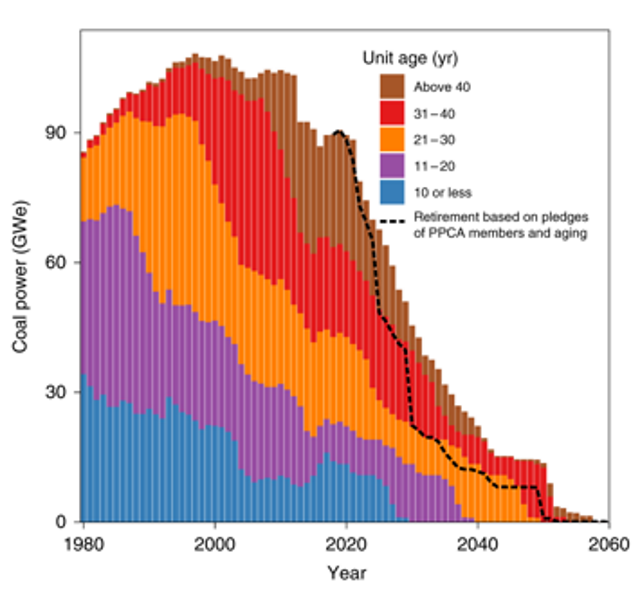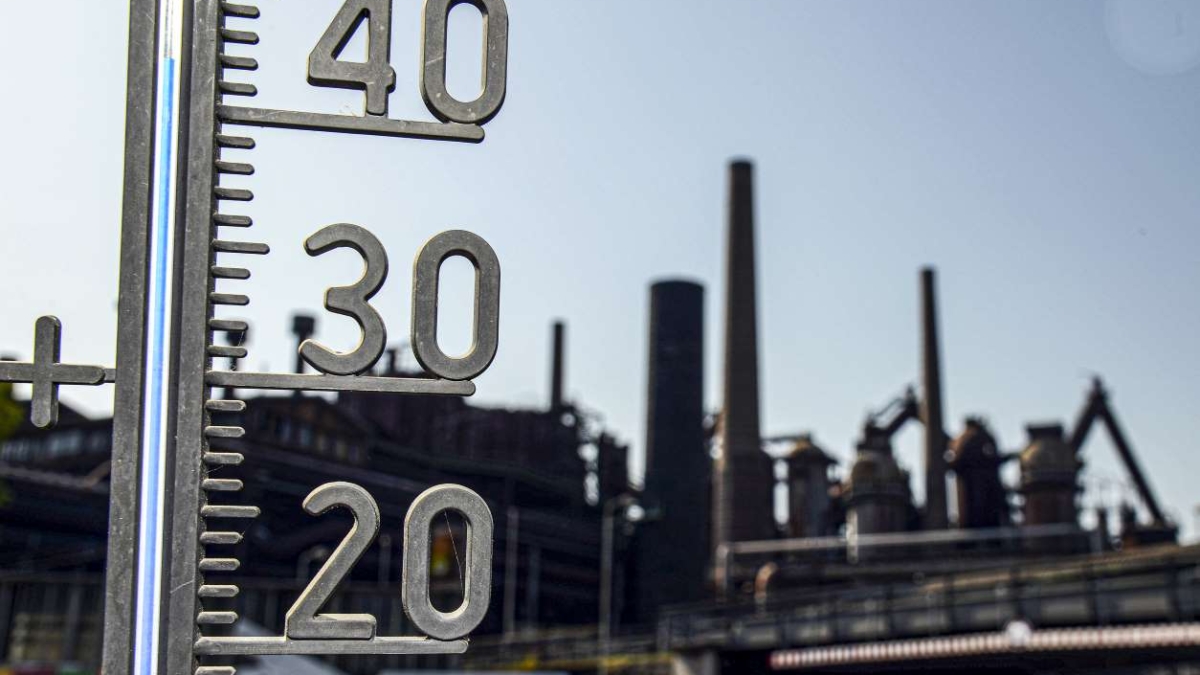Nouriel Roubini: Conditions in 2021 are ripe for another global financial crisis – “The stagflation of the 1970s will soon meet the debt crises of the post-2008 period”

By Nouriel Roubini
2 July 2021
(The Guardian) – In April, I warned that today’s extremely loose monetary and fiscal policies, when combined with a number of negative supply shocks, could result in 1970s-style stagflation (high inflation alongside a recession). In fact, the risk today is even bigger than it was then.
After all, debt ratios in advanced economies and most emerging markets were much lower in the 1970s, which is why stagflation has not been associated with debt crises historically. If anything, unexpected inflation in the 1970s wiped out the real value of nominal debts at fixed rates, thus reducing many advanced economies’ public-debt burdens.
Conversely, during the 2007-08 financial crisis, high debt ratios (private and public) caused a severe debt crisis – as housing bubbles burst – but the ensuing recession led to low inflation, if not outright deflation. Owing to the credit crunch, there was a macro shock to aggregate demand, whereas the risks today are on the supply side.
We are thus left with the worst of both the stagflationary 1970s and the 2007-10 period. Debt ratios are much higher than in the 1970s, and a mix of loose economic policies and negative supply shocks threatens to fuel inflation rather than deflation, setting the stage for the mother of stagflationary debt crises over the next few years.
For now, loose monetary and fiscal policies will continue to fuel asset and credit bubbles, propelling a slow-motion train wreck. The warning signs are already apparent in today’s high price-to-earnings ratios, low equity risk premia, inflated housing and tech assets, and the irrational exuberance surrounding special purpose acquisition companies, the crypto sector, high-yield corporate debt, collateralised loan obligations, private equity, meme stocks, and runaway retail day trading. At some point, this boom will culminate in a Minsky moment (a sudden loss of confidence), and tighter monetary policies will trigger a bust and crash.
But in the meantime, the same loose policies that are feeding asset bubbles will continue to drive consumer price inflation, creating the conditions for stagflation whenever the next negative supply shocks arrive. Such shocks could follow from renewed protectionism; demographic ageing in advanced and emerging economies; immigration restrictions in advanced economies; the reshoring of manufacturing to high-cost regions; or the Balkanisation of global supply chains.
More broadly, the Sino-American decoupling threatens to fragment the global economy at a time when climate change and the Covid-19 pandemic are pushing national governments toward deeper self-reliance. Add to this the impact on production of increasingly frequent cyber-attacks on critical infrastructure, and the social and political backlash against inequality, and the recipe for macroeconomic disruption is complete. …
As matters stand, this slow-motion train wreck looks unavoidable. The Fed’s recent pivot from an ultra-dovish to a mostly dovish stance changes nothing. The Fed has been in a debt trap at least since December 2018, when a stock- and credit-market crash forced it to reverse its policy tightening a full year before Covid-19 struck. With inflation rising and stagflationary shocks looming, it is now even more ensnared.
So, too, are the European Central Bank, the Bank of Japan, and the Bank of England. The stagflation of the 1970s will soon meet the debt crises of the post-2008 period. The question is not if but when. [more]
Conditions are ripe for repeat of 1970s stagflation and 2008 debt crisis


